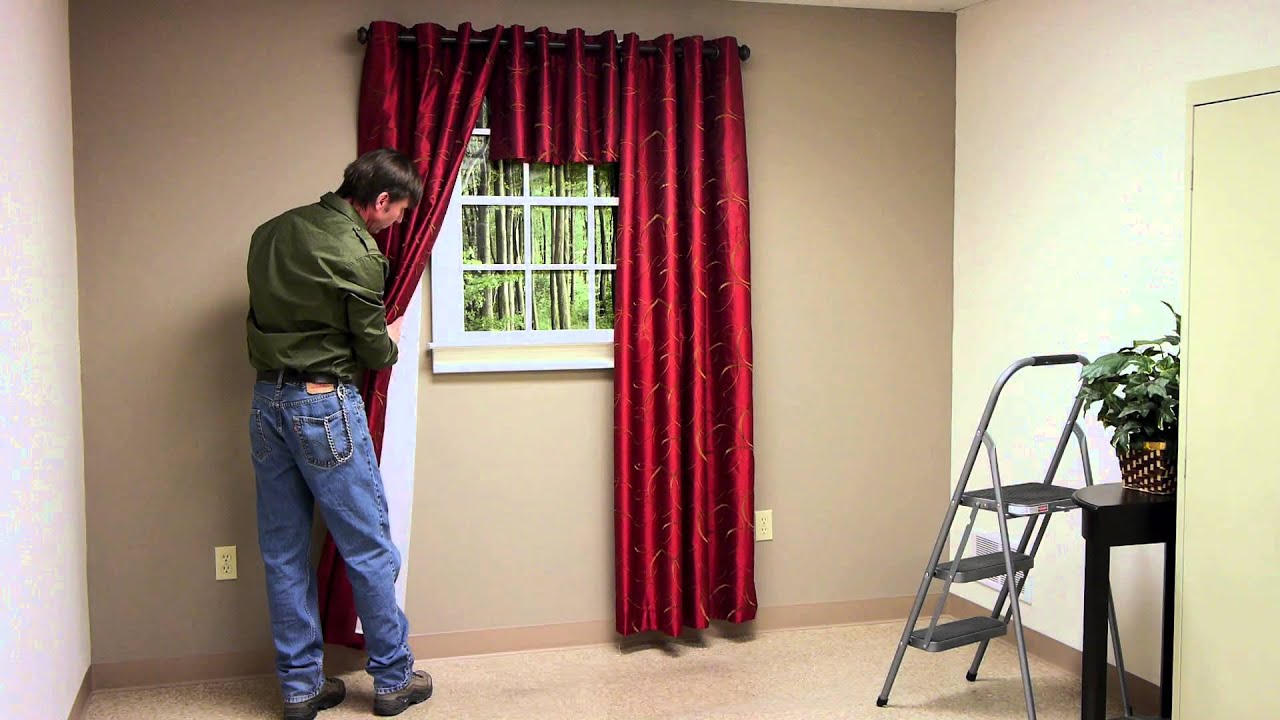

Articles
How Far Should Drapes Be Off The Floor
Modified: October 28, 2024
Learn the proper length for drapes off the floor in this informative article. Find out why getting the right height is essential for both functionality and aesthetics.
(Many of the links in this article redirect to a specific reviewed product. Your purchase of these products through affiliate links helps to generate commission for Storables.com, at no extra cost. Learn more)
Introduction
Drapes, often referred to as curtains, are an essential component in interior design that can greatly enhance the aesthetics of a space. They not only provide privacy but also contribute to the overall ambiance and style of a room. When it comes to hanging drapes, one important consideration is the length at which they should be off the floor. The decision on how far drapes should hang can have a significant impact on the visual appeal and functionality of the window treatments.
In this article, we will explore the importance of drapes length and discuss the factors to consider when determining the appropriate distance between the drapes and the floor. We will also delve into the standard drapes length, optimal measurements for floor clearance, and provide practical tips for adjusting and hanging drapes.
Understanding the significance of drapes length and making informed decisions about its measurement can help create a more polished and well-designed interior space. So, let’s dive in and discover how to achieve the perfect drapes length!
Key Takeaways:
- Achieving the perfect drapes length is crucial for enhancing the aesthetics and functionality of a space. Factors such as room function, window type, and personal preference play a significant role in determining the optimal length.
- Understanding the importance of floor clearance measurements and utilizing practical tips for adjusting and hanging drapes can help create a visually appealing and well-balanced window treatment. Consider factors such as balance, functionality, and personal style when determining the optimal drapes length.
Read more: How Far Off Floor Should Curtains Be
Importance of Drapes Length
The length of drapes plays a crucial role in determining the overall look and feel of a room. It can dramatically impact the visual proportions, create an illusion of height, and contribute to the overall balance and harmony of the space. Here are a few reasons why the length of drapes is important:
- Aesthetics: The length of drapes can add elegance and sophistication to a room. Floor-length drapes, for instance, can create a sense of grandeur and make a space appear more formal. On the other hand, shorter drapes can create a casual and relaxed ambiance.
- Visual Proportions: The length of drapes can visually alter the proportions of a window and the entire room. For example, if you have low ceilings, hanging drapes slightly above the window frame and letting them skim the floor can create an illusion of height and make the room feel more spacious.
- Privacy and Light Control: The length of drapes also affects their functionality. Longer drapes can provide better privacy by covering the entire window, while shorter drapes may allow some light and visibility from outside. It’s important to consider the level of privacy and light control you desire when determining the drapes length.
- Coordinated Design: The length of drapes should be in harmony with other design elements in the room. It should complement the furniture, flooring, and overall interior style. By choosing the right drapes length, you can create a cohesive and aesthetically pleasing look for your space.
- Personal Preference: Ultimately, the length of drapes is a matter of personal preference. Some individuals may prefer floor-length drapes for a more formal and elegant look, while others may opt for shorter drapes for a more contemporary and casual vibe. Understanding your own style and preferences will help you make the right decision.
Considering these factors when determining the length of drapes will ensure that you achieve the desired visual impact and functionality for your space. The next section will discuss the important factors to consider when deciding on the ideal length for your drapes.
Factors to Consider
When determining the appropriate length for your drapes, there are several factors to take into consideration. These factors will help you achieve the desired balance between style, functionality, and personal preference. Here are the key factors to consider:
- Room Function: Consider the function of the room where the drapes will be hung. For example, in formal living or dining rooms, floor-length drapes are more common to create an elegant and sophisticated ambiance. In bedrooms, you might want drapes that provide better light control and privacy, so you may opt for longer drapes that reach the floor.
- Window Type and Size: Different types of windows require different lengths of drapes. Consider the style and size of your windows. Floor-to-ceiling windows or large bay windows may require longer drapes to cover the entire window and create a cohesive look. Smaller or narrow windows might benefit from shorter drapes that don’t overpower the window.
- Room Proportions: Take into account the proportions of the room. In rooms with high ceilings or tall furniture, longer drapes that puddle slightly on the floor can create a luxurious and elegant look. In smaller rooms or rooms with lower ceilings, it’s best to opt for drapes that just skim the floor or have a slight break to avoid overwhelming the space.
- Style and Design: Consider the overall style and design of the room. Traditional or formal spaces typically call for longer drapes that pool on the floor or have a slight break. Modern or minimalist spaces may lean towards shorter drapes that hang just above the floor for a sleek and clean look. The drapes should complement and enhance the overall design aesthetic of the room.
- Maintenance: Think about the practicality of maintaining the drapes. Floor-length drapes may require more frequent cleaning, especially if they touch the floor and collect dust or dirt. Shorter drapes may be easier to clean and maintain, as they are less likely to gather debris. Consider your lifestyle and the amount of time you are willing to dedicate to drapes maintenance.
By considering these factors, you can make an informed decision about the length of your drapes that aligns with your preferences and the overall style and functionality of your space. The next section will explore the standard drapes length to help you determine a baseline measurement.
Standard Drapes Length
While there is no one-size-fits-all answer to the ideal length for drapes, there are certain standard measurements that can serve as a guideline. These standard drapes lengths are based on industry practices and common design principles. Here are the standard drapes lengths for different types of windows:
- Full-Length or Floor-Length Drapes: These drapes typically measure around 84 inches to 96 inches in length. Floor-length drapes are ideal for creating a formal and elegant look, especially in rooms with high ceilings or when paired with long and flowing curtains. They can pool slightly on the floor for a luxurious touch.
- Apron-Length or Sill-Length Drapes: Apron-length drapes are usually around 63 inches to 72 inches in length, reaching just below the window sill. Sill-length drapes, as the name suggests, hang right at the window sill. These lengths are perfect for achieving a more casual and relaxed ambiance. They are commonly used in kitchens, bathrooms, and bedrooms.
- Café or Tiered Drapes: Café or tiered drapes are shorter in length and cover only a portion of the window. The top of the drapes usually align with the middle or upper part of the window. These drapes are popular for kitchens and breakfast nooks, providing privacy while allowing natural light to filter into the room.
- Valances and Swags: Valances and swags are decorative drapery elements that are typically used in combination with other window treatments. They can be used to add a touch of elegance and style to windows without providing full coverage. The length of valances and swags can vary depending on the design and desired effect.
Remember that these measurements are just guidelines, and you can adjust the length based on your personal preference and the specific requirements of your space. The next section will explore the measurements for floor clearance, which can help you achieve an optimal and visually appealing drapes length.
Floor Clearance Measurements
When determining the length of your drapes, it’s important to consider the floor clearance or the amount of space between the bottom of the drapes and the floor. Floor clearance measurements play a crucial role in achieving a polished and well-balanced look for your window treatments. Here are some general guidelines to help you determine the ideal floor clearance:
- Minimal Clearance: For a modern and crisp look, you can opt for minimal floor clearance. In this case, the drapes should hover just above the floor, with a clearance of about 1/2 inch to 1 inch. This style works well in contemporary and minimalist spaces, where clean lines and simplicity are emphasized.
- Kiss the Floor: Another popular floor clearance option is to have the drapes just barely touching the floor. This creates a neat and tailored appearance. The drapes should have a slight break or skim the floor ever so lightly. This style is commonly used in formal spaces and adds an elegant touch to the overall design.
- Classic Break: A classic break refers to a slight puddling of the drapes on the floor. This style creates a luxurious and romantic look. The drapes extend beyond the floor by about 1 to 3 inches, creating a gentle drape or fold. This style is often used in traditional and formal settings and can add a touch of opulence to the room.
- Dramatic Puddle: For an extravagant and dramatic look, you can opt for a more substantial puddle. The drapes extend significantly beyond the floor, creating a cascading and flowing effect. This style is best suited for grand and spacious rooms with tall ceilings, as it requires ample space to achieve the desired effect.
Consider the style of the room, the height of the ceilings, and the overall aesthetic you want to create when determining the floor clearance for your drapes. Keep in mind that different styles and preferences may require variations in floor clearance measurements.
Now that we have covered the floor clearance measurements, let’s move on to discussing the optimal drapes length that can achieve a balance between style and functionality.
Drapes should ideally be 1/2 inch off the floor to prevent them from getting dirty or damaged. This allows for easy cleaning and prevents tripping hazards.
Read more: How Far Off The Floor Should Curtains Be
Optimal Drapes Length
The optimal drapes length is subjective and can vary depending on the style, function, and overall design of the space. However, there are a few key guidelines that can help you determine an ideal length for your drapes. Here are some factors to consider when determining the optimal drapes length:
- Balance and Proportion: The drapes should create a sense of balance and proportion within the room. Consider the height of the ceilings, the size of the windows, and the scale of the furniture. Taller ceilings may benefit from floor-length drapes, while lower ceilings may require shorter drapes to avoid overwhelming the space.
- Functionality: Think about how you want your drapes to function. If you need privacy and light control, longer drapes that reach the floor or have a slight break can provide better coverage. If you prefer a more casual look or don’t require full privacy, shorter drapes that hang above the floor or at the window sill may be more suitable.
- Style and Aesthetic: Consider the overall style and aesthetic of the room. Modern and minimalist spaces often benefit from shorter drapes that have minimal floor clearance. Traditional or formal settings may call for longer drapes that create a more dramatic and elegant look. Ensure that the drapes complement the rest of the décor and enhance the desired aesthetic.
- Personal Preference: Ultimately, your personal preference plays a significant role in determining the optimal drapes length. Visualize the look you want to achieve and consider your own style and taste. Experiment with different lengths and floor clearances to find the perfect balance that aligns with your vision.
By considering these factors and striking the right balance between style and functionality, you can determine an optimal length for your drapes that enhances the overall design of your space. The next section will provide practical tips for adjusting and hanging drapes to achieve the desired length.
Adjusting Drapes Length
Adjusting the length of drapes can be necessary to achieve the desired look and fit for your windows. Whether you need to shorten or lengthen your drapes, here are a few methods for adjusting the length:
- Hemming: If your drapes are too long, hemming is a common method to shorten them. Measure the desired length, mark it, and then fold the fabric to create a new hemline. Pin it in place and use a sewing machine or needle and thread to sew along the marked line. Hemming can be done with a straight or blind stitch, ensuring a clean and professional finish.
- Adding Length: If your drapes are too short, adding length can be a solution. You can purchase additional fabric that matches the existing drapes and sew it to the bottom using a blind or straight stitch. Make sure to blend the new fabric seamlessly with the original pattern or design, creating a cohesive look.
- Using Curtain Clips or Rings: Curtain clips or rings can be used to adjust the length of your drapes without any sewing. Simply attach the clips or rings to the top edge of the drapes and then hang them from the curtain rod. This method allows you to raise or lower the drapes to achieve the desired length easily.
- Tiebacks or Holdbacks: For drapes that are slightly longer than desired, you can use tiebacks or holdbacks to gather and secure the fabric at a higher position, creating the illusion of a shorter length. This method works well with lightweight or sheer fabrics and adds an elegant touch to the window treatment.
When adjusting the length of your drapes, it’s essential to take measurements accurately and double-check before making any alterations. It’s also recommended to work on one drape at a time to ensure consistency in length. If you’re unsure or uncomfortable with DIY alterations, consider consulting a professional seamstress or tailor to achieve the desired length.
Now that you have an understanding of how to adjust the length of your drapes, let’s move on to some practical tips for hanging drapes effectively.
Tips for Hanging Drapes
Hanging drapes requires careful consideration to ensure a professional and polished look. Here are some helpful tips to keep in mind when hanging your drapes:
- Measure Twice: Take accurate measurements of your windows before purchasing or altering your drapes. Measure both the width and height of the window, and consider any additional clearance or desired floor length. Double-check your measurements to ensure a proper fit.
- Choose the Right Hardware: Invest in high-quality curtain rods and hardware that can support the weight of your drapes. Consider the style and finish of the hardware to enhance the overall look of your window treatments. Ensure that the curtain rods are long enough to comfortably accommodate the width of your drapes when fully extended.
- Use a Level: Take the time to use a level when installing the curtain rods to ensure they are straight and properly aligned. This will help prevent your drapes from appearing slanted or uneven when hung.
- Consider the Stack-back: The stack-back refers to the space that the drapes take up when fully open. When measuring for drapes, account for the additional space required for the stack-back. The wider the width of the window, the greater the stack-back space needed.
- Hang Drapes High and Wide: To create an illusion of height and make your windows appear larger, hang your drapes as close to the ceiling as possible. This will draw the eye upward and give the room a more spacious and grand feel. Additionally, extend the curtain rods beyond the sides of the windows to make the windows appear broader and allow more natural light to filter in when the drapes are fully open.
- Use Proper Hooks or Rings: Depending on the style and design of your drapes, use appropriate hooks or rings that will securely hold the fabric without causing any damage. Make sure to distribute the weight evenly along the entire length of the drapes to prevent sagging or drooping.
- Steam or Iron the Drapes: Before hanging your drapes, make sure to steam or iron them to remove any wrinkles or creases. This will ensure a smooth and polished look when they are hung.
By following these tips, you can achieve professional-looking window treatments that enhance the style and ambiance of your space. Remember to step back and assess the overall look and make any necessary adjustments to ensure a visually appealing result.
Now that we have covered various tips for hanging drapes, let’s wrap up our discussion.
Conclusion
Determining the appropriate length for your drapes is essential to achieve a polished and well-designed look for your windows. The length of the drapes can greatly impact the overall aesthetics and functionality of your space. By taking into consideration factors such as room function, window type and size, room proportions, style and design, and personal preference, you can make informed decisions about the optimal drapes length.
While there are standard drapes lengths for different types of windows, such as full-length, apron-length, or café drapes, these measurements should serve as guidelines that can be adjusted to suit your specific needs and preferences. Additionally, considering the floor clearance measurements can help you achieve a balanced and visually appealing drapes length.
Whether you need to adjust the length of your drapes through hemming, adding length, using curtain clips or rings, or utilizing tiebacks or holdbacks, it’s important to take accurate measurements and exercise caution to achieve the desired result. Working with high-quality hardware and following proper installation techniques will ensure a secure and visually pleasing outcome.
By following these tips and guidelines, you can create a cohesive and aesthetically pleasing look for your drapes, enhancing the overall style and functionality of your space. Remember that drapes length is a matter of personal preference, and you should aim to create an environment that reflects your own style and taste.
In conclusion, the length of your drapes is an important aspect of interior design. It can dramatically impact the visual proportions, privacy, and overall ambiance of a room. By carefully considering the factors discussed in this article and utilizing the tips provided, you can confidently hang drapes that not only enhance the beauty of your windows but also bring a sense of warmth and style to your living space.
Frequently Asked Questions about How Far Should Drapes Be Off The Floor
Was this page helpful?
At Storables.com, we guarantee accurate and reliable information. Our content, validated by Expert Board Contributors, is crafted following stringent Editorial Policies. We're committed to providing you with well-researched, expert-backed insights for all your informational needs.

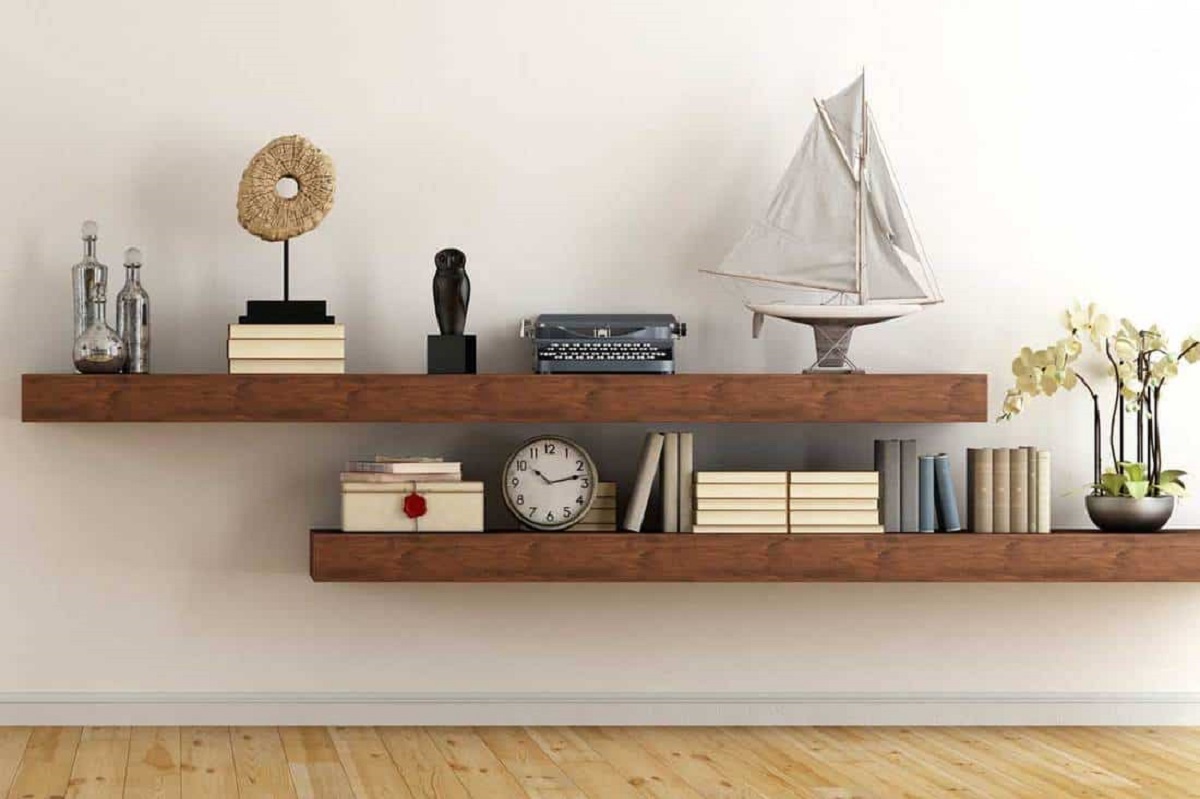
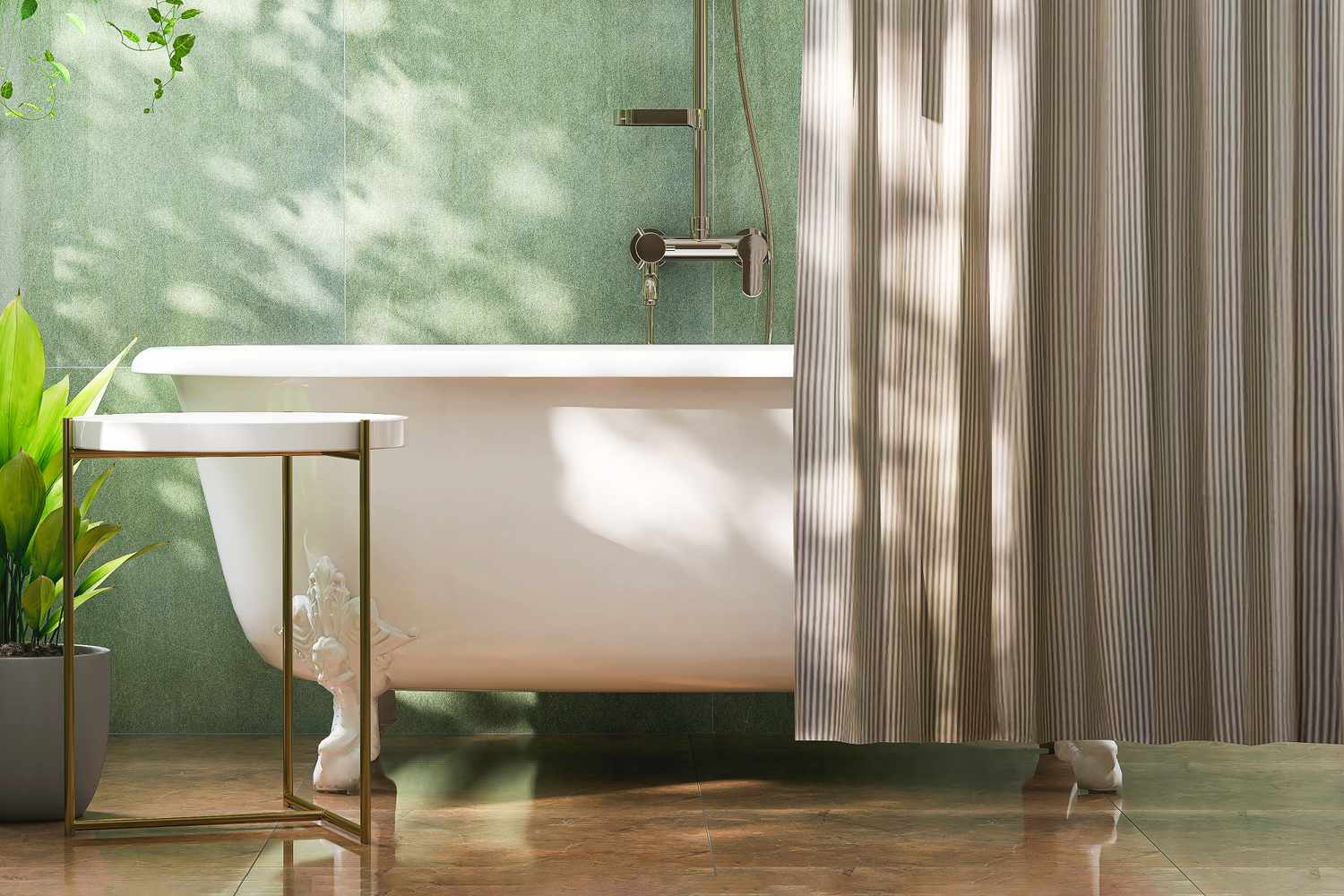
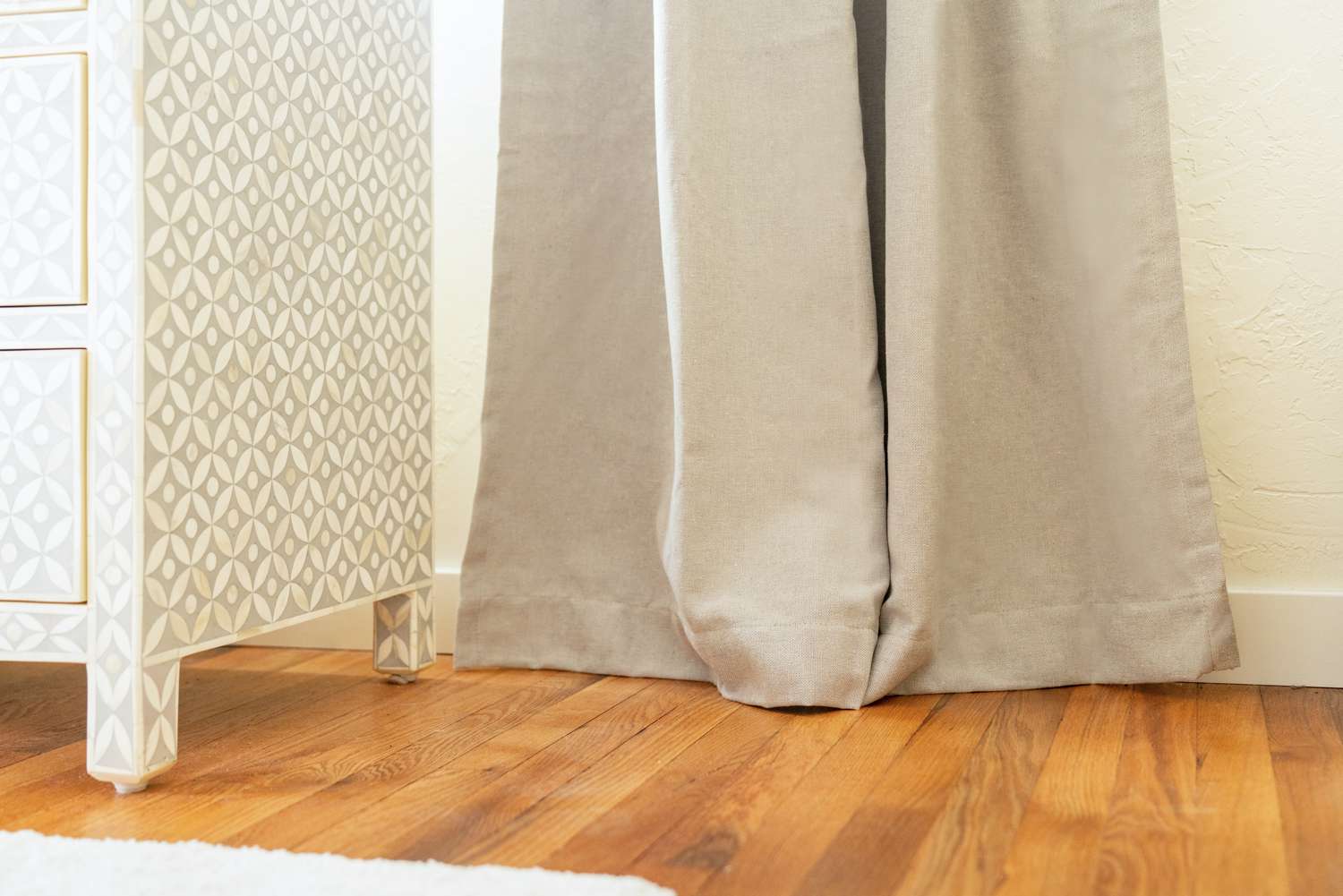

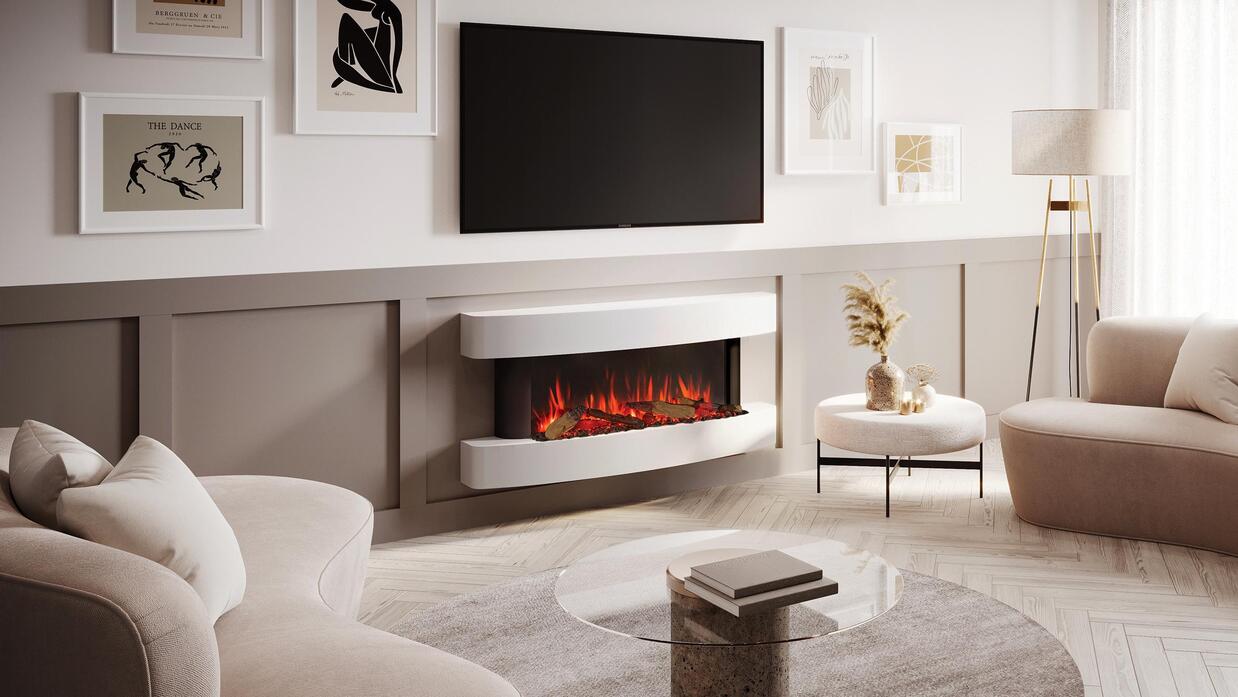
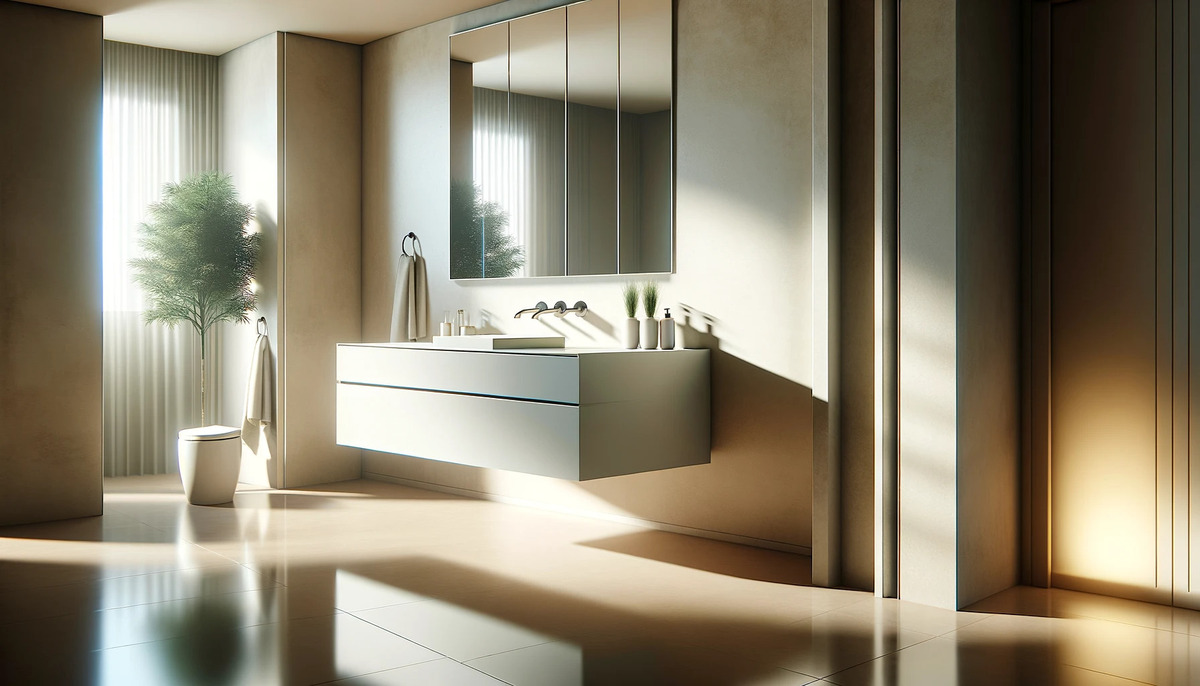
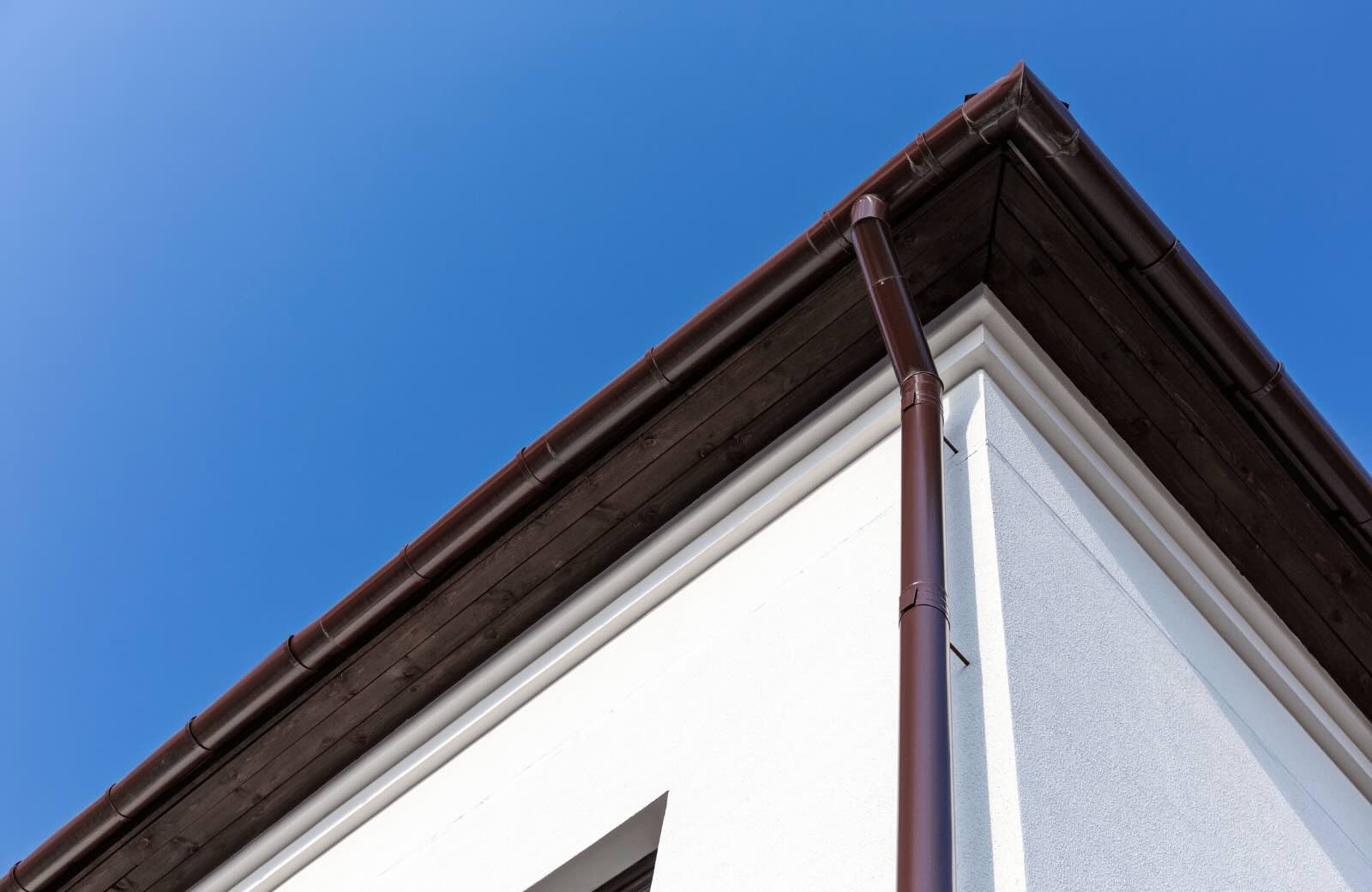

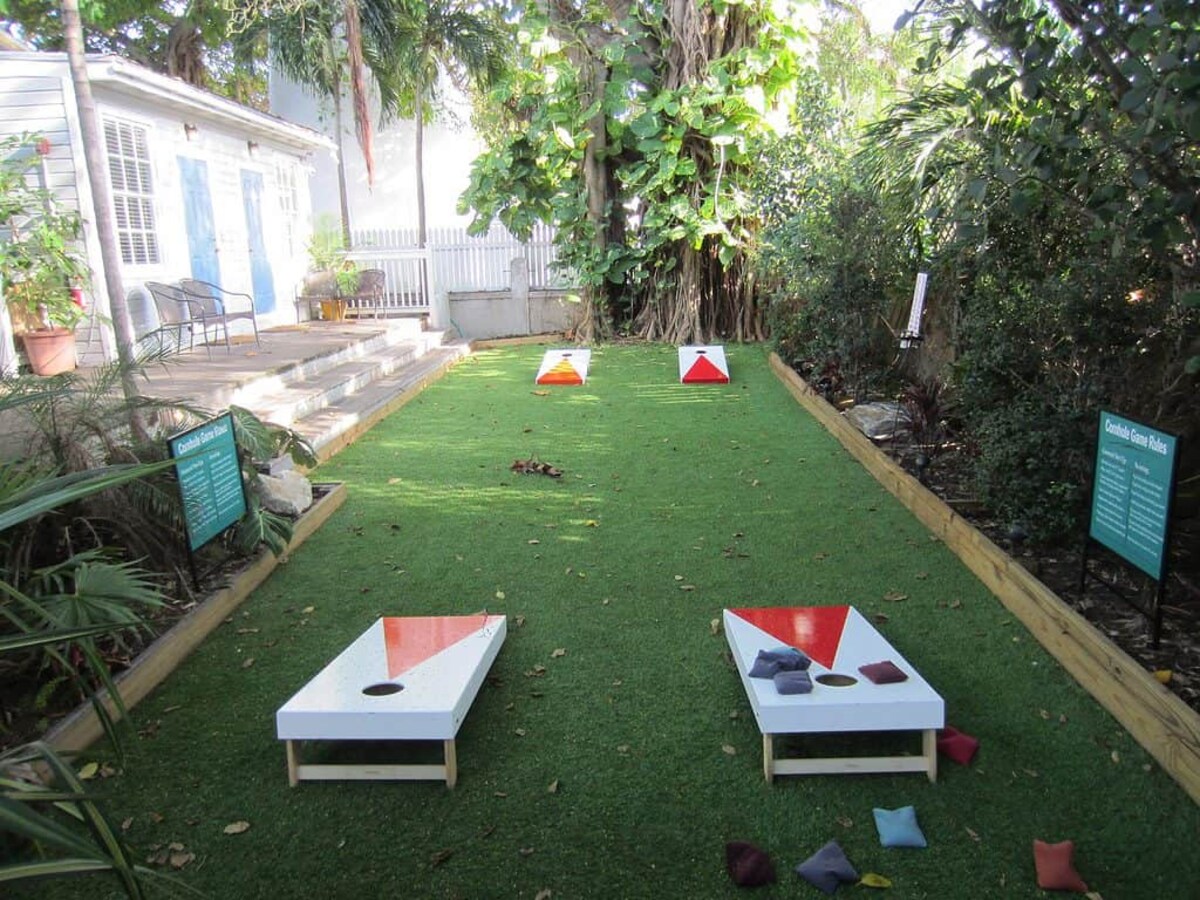
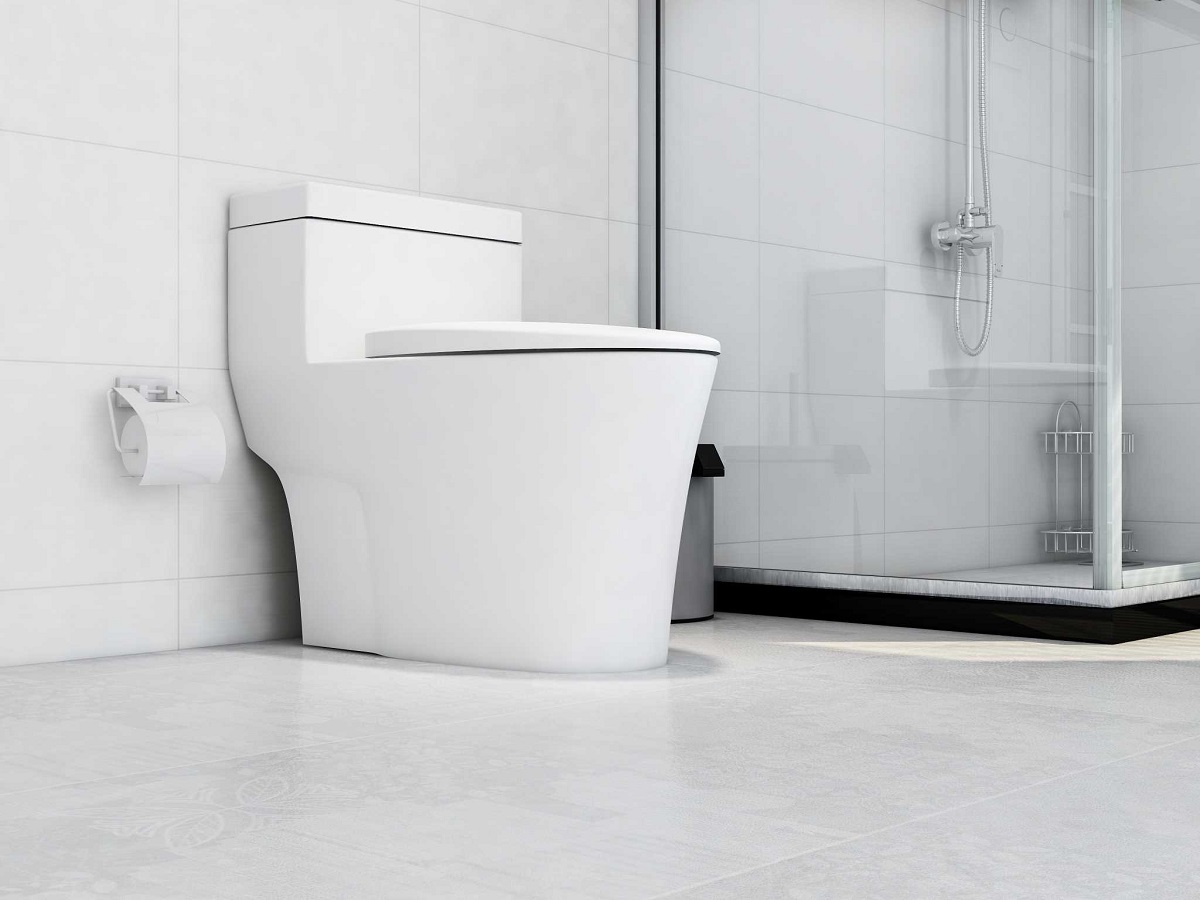
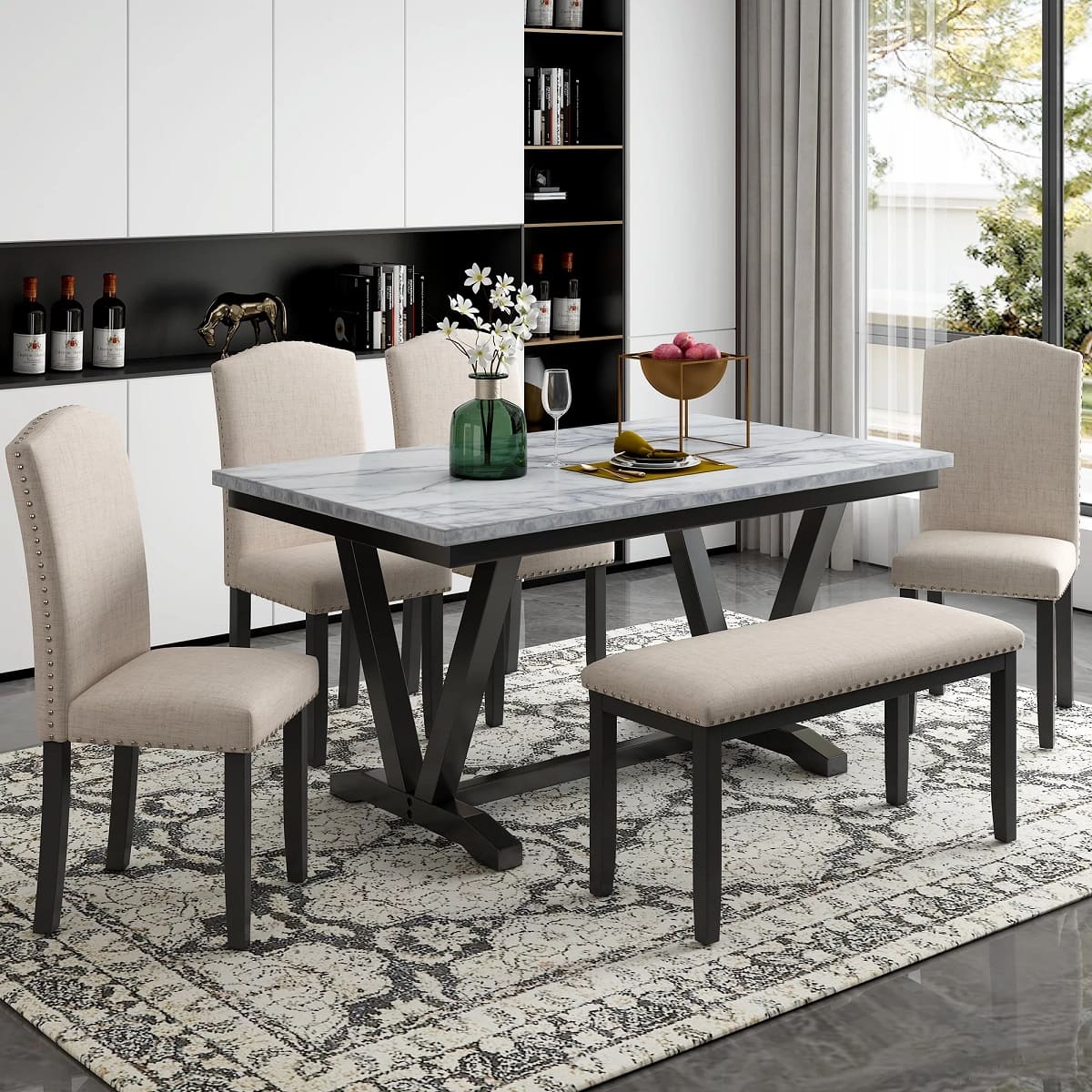
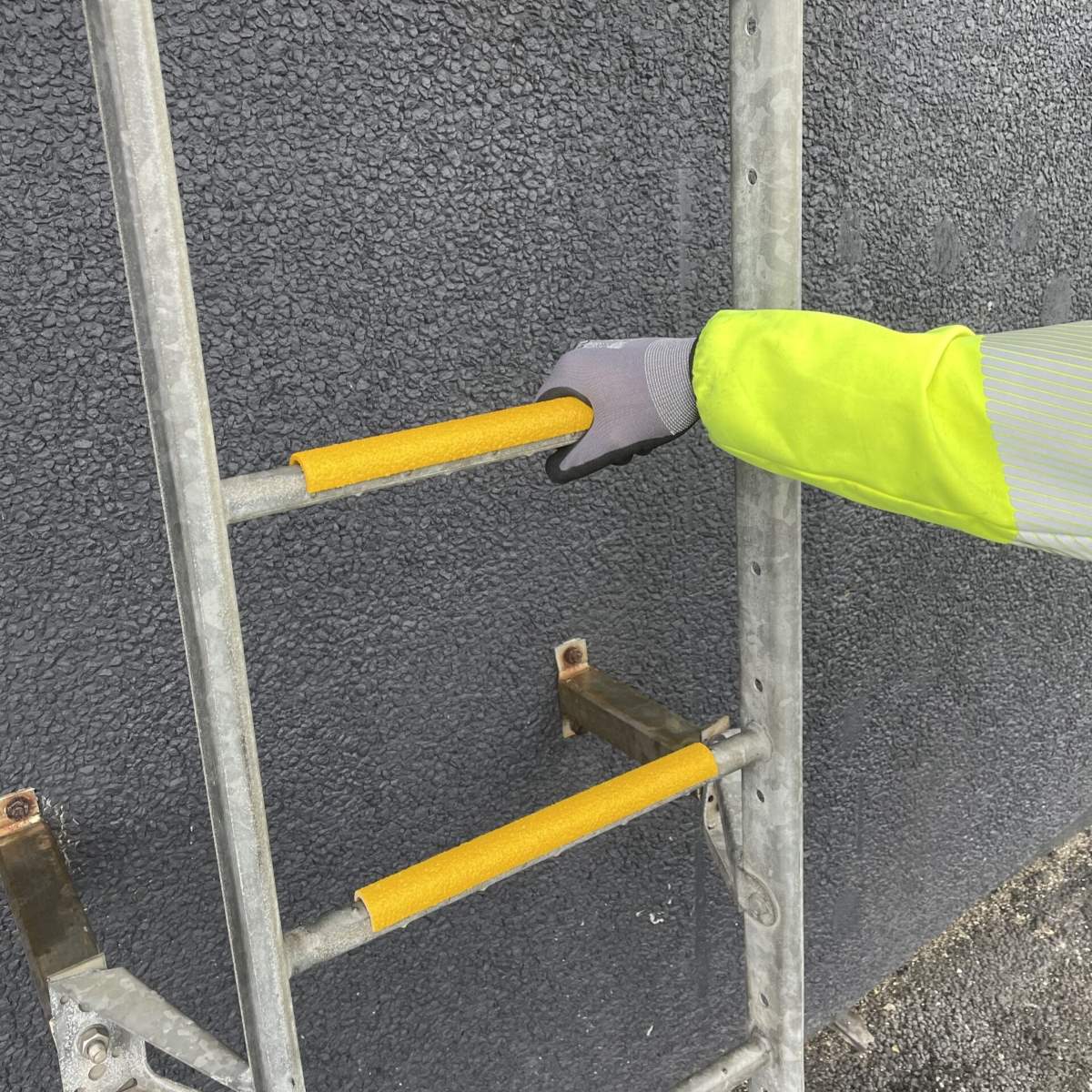


0 thoughts on “How Far Should Drapes Be Off The Floor”